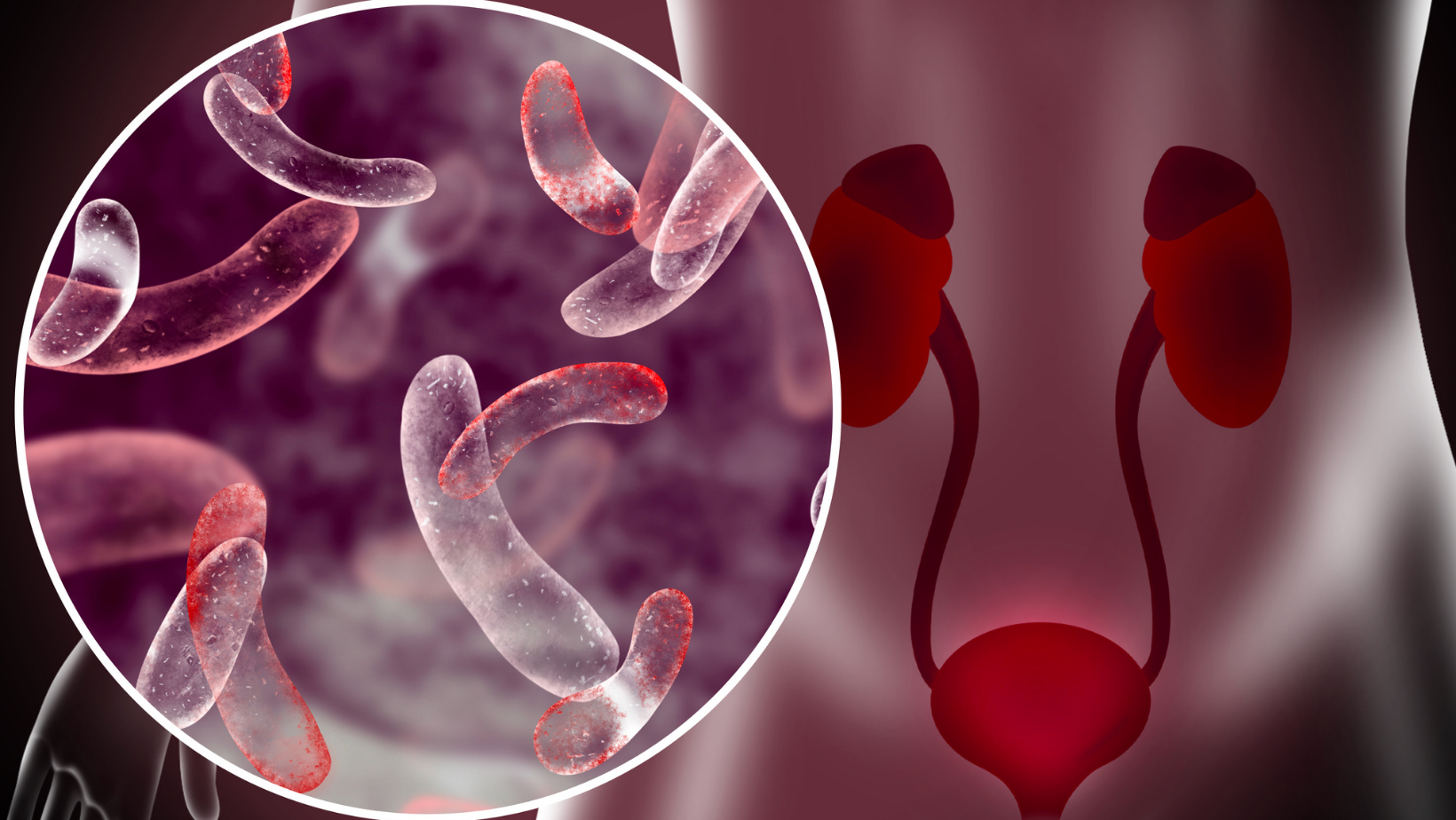Category
Bacterial vaginosis (BV) is a common vaginal infection caused by an imbalance of bacteria in the vagina.

Have any questions?
If you have any questions, feel free to contact us at [email protected]. A member of our support team will help you shortly.
Share this blog
Fatigue
Energy
Stress
Sleep
Bacterial vaginosis (BV) is a common vaginal infection caused by an imbalance of bacteria in the vagina. While not typically a severe health concern, BV can lead to discomfort and an increased risk of other complications. This comprehensive guide will explore the causes, symptoms, and effective treatments for bacterial vaginosis, shedding light on this prevalent condition that affects many women.
Bacterial vaginosis results from an overgrowth of harmful bacteria in the vagina, disrupting the natural balance of microorganisms. While the exact cause is not always clear, certain factors increase the risk of developing BV:
The vagina contains a delicate balance of different bacteria, including beneficial Lactobacillus bacteria. Harmful bacteria like Gardnerella vaginalis can increase when this balance is disrupted, leading to BV.
Engaging in sexual activity, especially with new or multiple partners, can disrupt the vaginal flora and contribute to the development of BV. However, BV is not classified as a sexually transmitted infection (STI).
Douching, or the practice of cleaning the vagina with water or other solutions, can disturb the natural balance of bacteria and increase the risk of BV.
The use of antibiotics for other infections can sometimes disrupt the vaginal flora, making women more susceptible to BV.
Bacterial vaginosis may present with various symptoms, but some individuals remain asymptomatic. Common signs include:
A key symptom of BV is a thin, grayish-white discharge with a distinct and often unpleasant odor. This odor is particularly noticeable after sexual intercourse.
Some women with BV may experience itching and irritation in the genital area, although these symptoms are not as prominent as with other vaginal infections.
A burning sensation during urination can occur in women with BV, often accompanied by discomfort.
The characteristic fishy odor, especially after sexual activity, is a hallmark sign of BV. This odor may become more noticeable during menstruation.
Antibiotics, typically metronidazole or clindamycin, are the primary treatment for bacterial vaginosis. These medications can be administered orally or as topical gels or creams. Completing the entire course of antibiotics ensures the infection is completely cleared.
Probiotics containing beneficial bacteria, such as Lactobacillus, can help restore the natural balance of the vaginal flora. These can be taken orally or applied as vaginal suppositories.
To support the healing process, it is recommended to avoid douching, scented soaps, and other products that can disrupt the vaginal flora.
While BV is not considered a sexually transmitted infection, practicing safe sex by using condoms can help prevent the introduction of harmful bacteria into the vagina.
Regular gynecological check-ups and screenings can help detect and address BV early, even before symptoms manifest.
Using antibiotics only when necessary and completing the prescribed course can help prevent disruptions to the natural balance of vaginal bacteria.
Engaging in safe sex practices, such as using condoms, can reduce the risk of introducing harmful bacteria into the vagina.
Douching is not recommended, as it can disrupt the natural balance of bacteria in the vagina. The vagina is self-cleaning and does not require external cleaning.
Opting for cotton underwear and avoiding tight-fitting clothing can promote better ventilation and reduce the risk of bacterial overgrowth.
Bacterial vaginosis, though common, is a condition that can cause discomfort and inconvenience. Understanding the causes, recognizing symptoms, and seeking prompt medical attention is crucial to managing and treating BV effectively. Antibiotics remain the primary treatment, and lifestyle measures such as probiotic use and safe sex practices can aid in prevention and support the restoration of a healthy vaginal environment. Regular gynecological check-ups play a vital role in early detection and intervention. If symptoms persist or recur, consulting healthcare professionals ensures accurate diagnosis and tailored treatment plans for optimal results.